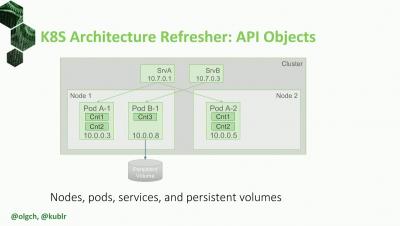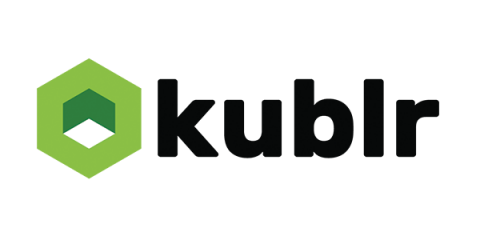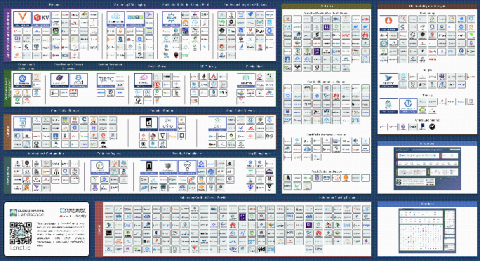Operations | Monitoring | ITSM | DevOps | Cloud
December 2019
Kubernetes 101: What is Kubernetes?
Open-sourced by Google in 2014, Kubernetes is a container orchestrator. That means it enables users to deploy and manage apps distributed and deployed in containers. It takes care of scaling, self-healing, load-balancing, rolling updates, etc. The project is managed by the Cloud Native Computing Foundation (CNCF) along with multiple other open source projects, and you can find it here on GitHub.
Kubernetes 101: Kubernetes and the Cloud Native Stack
The cloud native stack, also referred to as the new stack, is composed of the new cloud-independent counterparts of cloud managed services. As enterprises moved to the cloud, they started leveraging cloud managed services such as AWS’ DynamoDB or GCP’s BigQuery. Very convenient, these on-demand services significantly increased developer productivity. Being proprietary, they only work on that specific cloud, however — a significant drawback.




